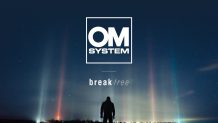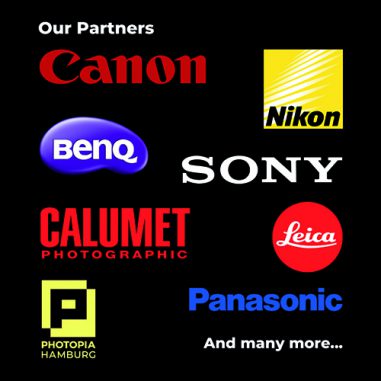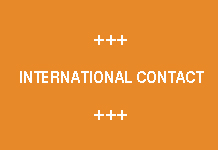The recapitalization included public offerings of common stock, 3-year mandatory convertible preferred stock, and 7-year and 10-year senior unsecured notes, plus a new $1 billion credit facility from Citigroup, Deutsche Bank, Goldman Sachs, JPMorgan, Merrill Lynch and UBS. The credit facility includes both a $700 million revolving facility and a $300 million term loan, both maturing in September 2008. The company said it “does not currently intend to draw the revolver on an ongoing basis.”
Xerox paid the outstanding $3.1 billion by using a portion of its current cash balance together with the net proceeds from the public offerings and the new credit facility. The company raised $472 million through the sale of 46 million shares of common stock at $10.25 per share, and $920 million through the sale of 9.2 million shares of 3-year mandatory convertible preferred stock at $100 per share. This preferred stock pays an annual dividend of $6.25 per share.
The recapitalization also included selling $700 million worth of 7-year senior unsecured notes, which pay 7 1/8 percent interest, and $550 million of 10-year senior unsecured notes, paying 7 5/8 percent.
Lawrence A. Zimmerman, Xerox Senior Vice President and Chief Financial Officer commented that “Demand for the offerings exceeded initial expectations…” and pointed out that the new credit agreement reflects Xerox’s improved financial position. “For example, there are no mandatory prepayments, and the interest rate decreased about 2 percentage points under the new credit facility. It now ranges from 1.75 percent to 3 percent over LIBOR with an initial rate of 2.75 percent over LIBOR.” Xerox said it expects that the reduced cost of interest “will largely offset the dilutive impact of the additional shares in the second half of this year and in 2004.”





